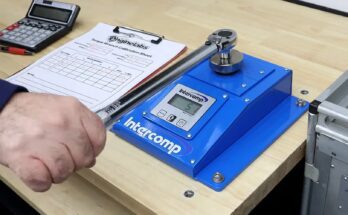Cameras are one of the most impressive works of technology out there, as they can record a moment forever exactly as it happened. However, this isn’t a simple task, and the technology that goes into making a camera work is unique and interesting. Here’s a deeper look at the technology that goes into a camera.
Camera Lens
A camera lens is the opening in the body of the camera that lets light into the darker space inside the camera. By careful design and structure, the lens takes in all the available light and focuses it on one point, so the image that comes out is clear and sharp. A good lens is necessary for quick photos and is a major reason why cameras are so commonplace and portable now.
Camera Film
There are two main types of cameras when it comes to how they create photos: analog and digital. Analog cameras use a special type of film with unique light-sensitive materials to capture the image as the camera lens lets in light. This requires a darkroom to eventually develop the final pictures.
Light Sensor
Digital cameras use light sensors to capture the light to create an image. There’s a lot to understand about light sensors, but they basically sense the energy of the light and send that information to a computer inside the camera to create the image.
Onboard Camera Computer
The onboard computer for a camera is the height of the technology that cameras use. These computers can process the light information from the light sensors to recreate the image as perfectly as possible. This means you can store a lot more images, and they will instantly be ready, unlike with a film. Additionally, these computers can add special edits or filters to the images, changing the way they look on the go.
These are just the technologies you can find inside the camera, and there are many different tools and devices that can affect cameras outside the device. Technology such as darkrooms and editing software can have huge impacts on the photography process.
Additional Resources:



